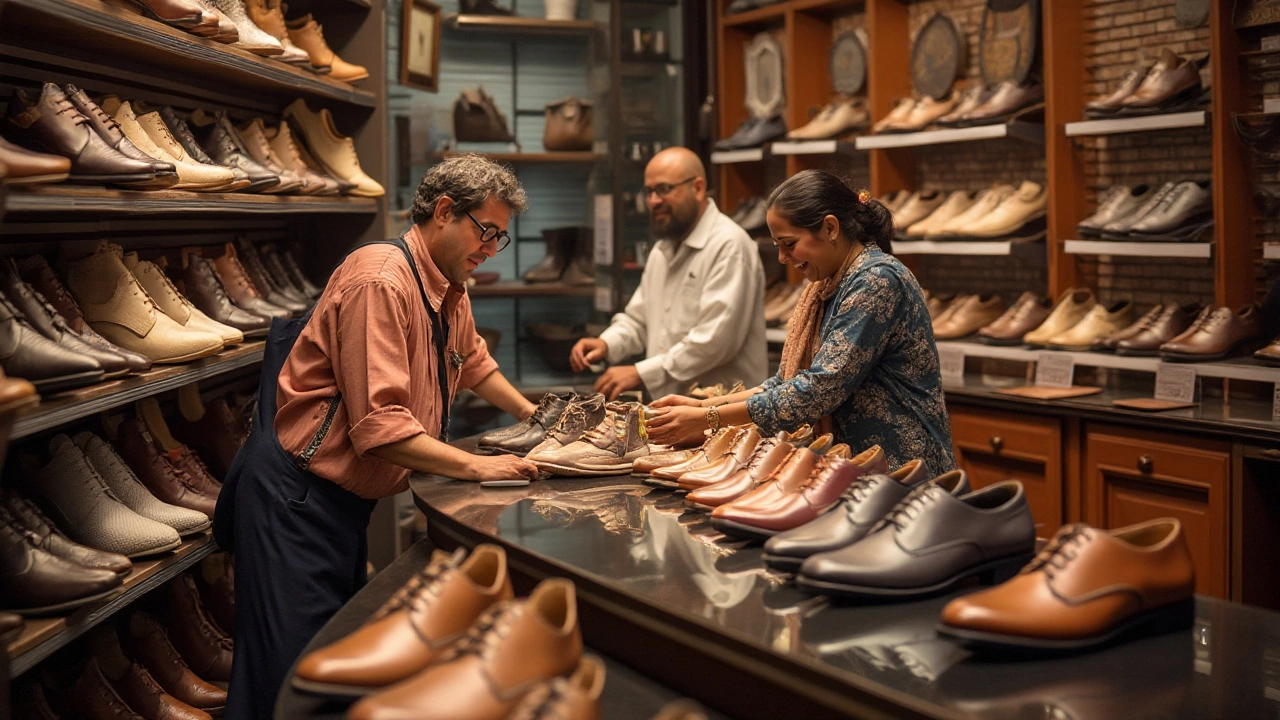Foot Support: Why It Matters and How to Choose the Right Shoes
If you’ve ever woken up with sore arches or spent a day on your feet and felt exhausted, you know foot support isn’t a luxury—it’s a necessity. Good support keeps your joints aligned, reduces strain, and can stop small aches from turning into chronic problems. Below we break down the basics, share what podiatrists say about popular shoes, and give a quick cheat‑sheet for picking footwear that actually helps.
Why Foot Support Matters
Every step you take sends pressure up through your feet, calves, knees, and even your lower back. When that pressure isn’t distributed evenly, the muscles and ligaments work overtime, leading to fatigue, plantar fasciitis, or knee pain. Studies from foot‑health clinics show that people who wear shoes with proper arch support report up to 40% less foot‑related discomfort. In plain terms: good support = less pain, better posture, and more energy for the day.
Even casual shoes matter. A recent podiatrist survey asked whether Crocs get a thumbs‑up for comfort. The answer? They’re comfy but lack the structured arch support many feet need for long‑term health. The same experts recommend looking for shoes that cradle the foot’s natural curve rather than leaving it flat.
Choosing Shoes with Good Arch Support
Here’s a quick way to spot supportive footwear without a PhD in orthopedics:
- Check the midsole. A firm, slightly curved layer (often made of EVA or polyurethane) signals arch support.
- Look for a contoured footbed. Molded footbeds that follow the foot’s shape are a win.
- Test the heel cup. A snug, slightly raised heel cup keeps your heel from sliding, stabilizing the entire foot.
- Mind the width. Shoes that are too tight squeeze the arch, negating any support the midsole provides.
If you’re buying online, read the product description for terms like “arch support,” “ortholite,” or “cushioned footbed.” Reviews often mention whether the shoe feels “supportive” or “flat.” When in doubt, try them on for a few minutes—your foot should feel lifted, not pressed down.
For people who stand all day—teachers, nurses, retail workers—consider adding an over‑the‑counter orthotic insert. These thin, removable cushions give an extra layer of support and can be swapped between different shoes.
Finally, remember that your feet change over time. Kids need flexible, lightweight support, while older adults benefit from extra cushioning and a firmer arch. Keep an eye on wear patterns: if the sole’s edges wear out faster than the center, the shoe isn’t supporting you correctly and needs replacing.
Bottom line: good foot support is the quiet hero behind comfortable days, pain‑free workouts, and better posture. Use the cheat‑sheet above next time you shop, and give your arches the love they deserve.

Best Work Shoes for All-Day Comfort: What to Wear on Your Feet

